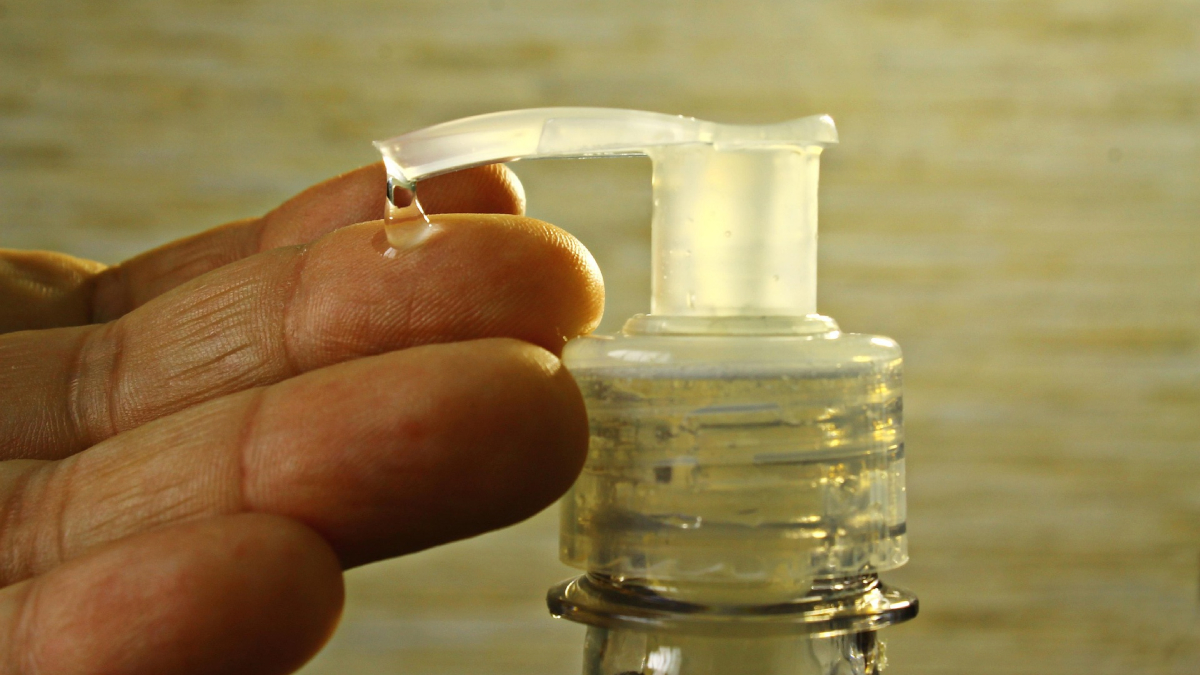A scientific breakthrough led by Japanese researchers may pave the way for more effective cancer treatments after they developed a hydrogel capable of reprogramming ordinary cancer cells into cancer stem cells (CSCs)—the most resilient type of cancer cell known to fuel relapses.
Developed by a team led by Professor Jun Suzuka, the “double network” or DN gel mimics soft tissue-like conditions, allowing researchers to recreate the tumor environment and study the elusive CSCs more closely. The findings, originally published in Nature Biomedical Engineering, revealed that the gel induced cancer cells to form sphere-like clusters and release key CSC markers—an indication of successful reprogramming.
Cancer stem cells are considered the root cause of recurrence and resistance to standard therapies. Unlike regular cancer cells, CSCs can survive chemotherapy and radiation, lie dormant in the body, and eventually reinitiate tumor growth.
Now, researchers in China have picked up the momentum. A team at Qingdao University, led by Dr. Fashun Li, validated the Japanese results and explored hydrogel-based drug delivery strategies. Their study, published in Biomedicine & Pharmacotherapy, suggests that hydrogels not only support CSC formation but also serve as carriers for slow-releasing medications directly targeting these resilient cells.
The Chinese scientists emphasized the potential of “nano-drug carriers” and other delivery systems such as viral vectors and liposomes, offering a roadmap for targeting CSCs more precisely.






